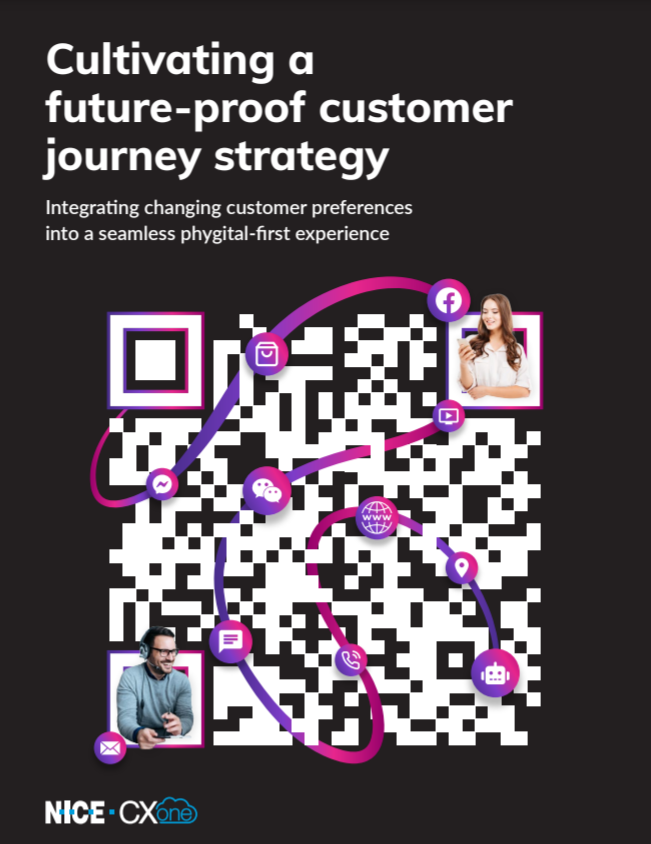
G12 Communications Evergreen Health Case Study SIP Trunking and Fax over SIP
Call for Inquiry
Interested? Let us be your advocate
Document Overview
Provider: G12 Communications
Industry: Health Care (Hospital)
Document Type: Case Study
Title: G12 Communications Evergreen Health Case Study SIP Trunking and Fax over SIP
Telemitra’s Overview
Evergreen Health and G12 Communications discuss how moving to SIP Trunking and Fax over SIP significantly reduced operating cost, while streamlining hardware deployments.
Get in Touch
(856) 214-2499
[email protected]
Open Hours
10am – 5pm Weekdays
Our Office
422 N Oak Avenue
Pitman, NJ 08071






